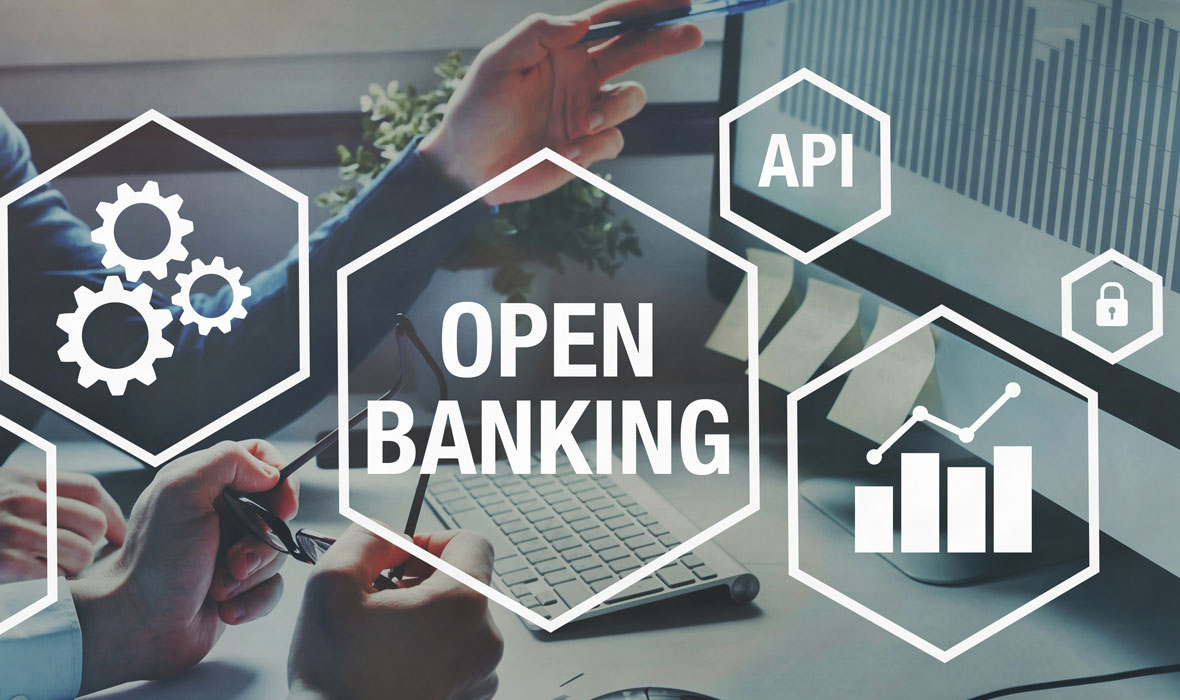The advent of open banking and the idea of sharing banking data and information about transactions has ushered in a new and practical legislative framework. The framework has led to new uses as well as new players who leverage the data to provide value-added services to the consumer. It is the latter who ultimately authorizes the data sharing.
Open banking, a 21st-century banking system
On November 25, 2015, European authorities adopted the second Payment Services Directive (PSD2) to boost the banking sector and increase competition between banks by offering consumers more freedom in choosing their bank(s) and financial partner(s).

What is Open Banking?
By definition, an open banking system allows the customer to share their banking data with a third-party financial service, hence the name Open Banking.
This banking model is governed by the Second Payment Services Directive (PSD2) in the European Union. To access a prospect’s or customer’s data, the company must be a licensed payment services provider (PSP) and then, with the customer’s consent, the bank may share the customer’s financial and non-financial data with a third-party PSP, for example, a licensed fintech or insurtech company.
In the past, data retrieval was mainly carried out through “scraping” techniques which consisted of the third-party PSP asking the customer for their bank credentials and access codes in order to retrieve the data directly from their account. Today, third-party PSPs use secure APIs, in accordance with the technical specifications set out by the European Banking Authority and included in the European Regulation on Regulatory Technical Standards.
The Benefits and Limits of Open Banking
#1 A better user experience
Open Banking allows the user to take full advantage of the digital revolution, particularly by developing new business models that are more focused on the customer and their experience.
Nowadays, when it’s time to purchase a new financial service (insurance, for example), there’s no need to spend a lot of time filling out the same forms over and over again because users can now share their data with a third-party application and get a quote or sign up for a new service within seconds!
In addition, using a financial super-app or an account aggregator, the user can get a complete, accurate, and synchronized view of their various bank accounts and financial services anytime, anywhere.
Super-apps are super easy to use, and they align nicely with the “immediacy” factor prevalent in the concept of Instant Payment. At the same time, super-apps provide customers with significant flexibility – customers are no longer captive and therefore can change banks or services as they wish.
#2 New data protection issues
Sharing and using customer data exposes customers to many risks, starting with the risk of having their data hacked during a cyber attack.
Governed by the GDPR, data protection issues occupy a central position in Open Banking. Bank account holders and payment providers must be especially vigilant about protecting their customers’ data, and customers must share their data wisely or risk losing control of it.
#3 An unprecedented wave of innovation
Lower barriers to entry, increased interoperability, and clear synergies. From traditional banks to new market entrants and the vast range of third-party service providers, many players are embracing the new opportunities offered by Open Banking. Thanks to the “Mobile, Cloud and Open Banking” combination, the financial sector is in full swing, so much so that emerging companies are now trying to break into the market. The result is increased competition, more attractive prices for customers, and new and innovative business models for companies!
Examples of Open Banking models
Banking-as-a-Platform (BaaP)
In a Banking-as-a-Platform (BaaP) model, the bank combines its traditional services offering with third-party partner services to better monetize its customers through cross-selling and up-selling strategies. This approach also allows the bank to drastically reduce the cost and time required to bring new products or services to market.
Banking-as-a-Service (BaaS)
In a Banking-as-a-Service (BaaS) model, a non-banking company chooses to integrate new banking services, such as accounts, cards, loans, and so on, into its services offering. To do so, it can use APIs and webhooks provided by a licensed bank or payment institution and would therefore be exempt from the need to obtain its own banking or payment license.
Whether it’s a question of increasing sales or building customer loyalty, the company also reduces the cost and time required to bring new products and services to market. But above all, it avoids the obligations and limitations imposed by banking regulations.
Open Banking, the new Eldorado of the financial sector?
The European Union in 2015, the United Kingdom in 2016, the United States in 2018, and now major countries in Latin America … in recent years, Open Banking has benefited from favorable regulatory developments on a global scale that have increased the network effect of Open Banking.
Open Banking is particularly well adapted to consumer expectations (instant access, ability to switch, transparency, and so on), as well as the rapid evolution of new technologies. Furthermore, Open Banking entices financial players to rethink how they create and capture value, and will undoubtedly become one of the pillars of tomorrow’s financial system.
Treezor was featured in the Finextra Open Banking Europe 2022 report. Find out more here.
Want to read more of Treezor’s blog articles? Click here.